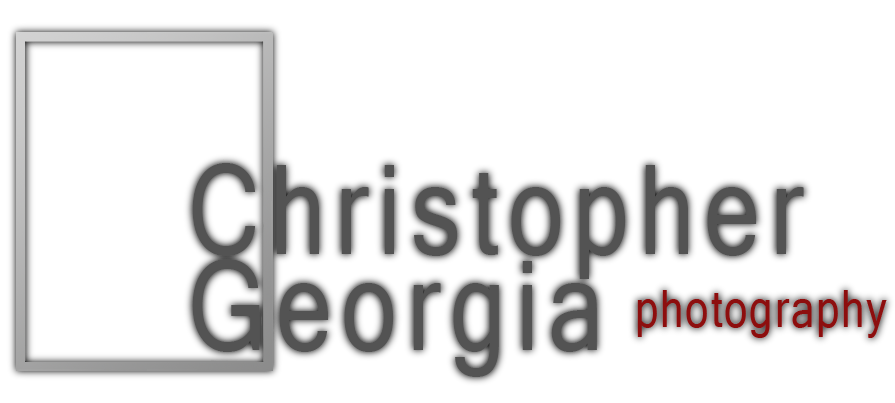A Guide to Photographing the April 8, 2024 Total Solar Eclipse
Get ready to witness one of nature's most awe-inspiring spectacles as the total solar eclipse of April 8, 2024 approaches. This celestial event offers a rare opportunity to capture breathtaking images of the sun's corona as the moon completely obscures its disk. To ensure you make the most of this unforgettable experience, let's delve into the specifics of equipment, techniques, and safety measures required for successful eclipse photography.
I’ve created a downloadable PDF version of this entire guide. Simply add your name and email at the end of the post, and you’ll receive a pdf.
Save it to your phone and use this as a reference guide in case you find yourself in an area with little to no mobile service during the totality event.
Imagery from Great American Eclipse
Imagery from NASA & Aubrey Gemignani
Planning and Preparation
Weather Monitoring:
Weather conditions significantly impact visibility during an eclipse. Utilize weather monitoring apps like AccuWeather or NOAA to track atmospheric conditions and cloud cover in your location. Flexibility in location choice based on weather forecasts enhances your chances of capturing clear skies. Monitoring cloud cover in your region with GOES-16 satellite imagery provides detailed insights into weather patterns. High-resolution images enable tracking of cloud formation, movement, and dissipation, aiding in accurate weather forecasting and informed decision-making for various activities. Pivotal Weather has a page dedicated to cloud cover forecasting for the solar eclipse.
Safety First:
Prioritize safety at all times during solar eclipse photography. ****Never view the sun directly without certified solar filters or glasses, and ensure your camera lens is securely fitted with a solar filter to prevent damage to your equipment and eyes.****
Understanding Solar Filters:
A solar filter acts as a barrier, blocking a significant portion of the sun's intense radiation while allowing safe observation and photography. It attenuates visible light and harmful wavelengths, such as ultraviolet and infrared radiation, ensuring that only a small fraction of the sun's energy reaches your eyes or camera sensor. By reducing the sun's brightness to a manageable level, a solar filter enables a detailed examination of solar features, including sunspots, prominences, and the elusive solar corona, without risking eye damage or equipment malfunction. A solar filter acts as a barrier, blocking harmful ultraviolet, visible, and infrared radiation emitted by the sun. ****Without proper filtration, direct observation or photography of the sun can lead to irreversible eye damage or camera sensor burnout. DO NOT STACK NORMAL ND FILTERS. These filters are not adequate for blocking the harmful UV visible, and IR emitted from the sun.**** When purchasing a solar filter, look for the ISO 12312-2:2015 standard. ISO 12312-2:2015 is an international standard that specifies requirements for filters used in solar viewing glasses to ensure safety during direct observation of the sun. Published by the International Organization for Standardization (ISO), this standard outlines criteria for materials, labeling, and testing procedures to protect users' eyes from harmful solar radiation. Compliance with ISO 12312-2:2015 ensures that solar viewing glasses provide adequate protection against ultraviolet, visible, and infrared radiation, reducing the risk of eye damage during solar observations, including events such as solar eclipses. Following this standard is crucial to guaranteeing the safety and effectiveness of solar viewing equipment.
Understanding Totality:
Totality refers to the brief period during a solar eclipse when the moon fully covers the sun, revealing the sun's outer atmosphere or corona. Lasting only a few minutes, totality offers a rare glimpse into the sun's dynamic nature, with intricate details visible to the naked eye and camera alike.
Imagery from NASA/Gopalswamy
Understanding Baily’s Beads:
Baily's Beads are a mesmerizing phenomenon observed during a total solar eclipse. As the moon moves between the Earth and the sun, small beads of sunlight peek through the rugged lunar terrain, creating a beautiful effect resembling a string of beads around the edge of the moon. These beads occur just before and after the total phase of the eclipse when only a small portion of the sun is visible, and they are caused by sunlight passing through valleys and gaps on the moon's surface. Baily's Beads offer a stunning spectacle for eclipse watchers, adding to the wonder and excitement of the celestial event.
Imagery from NASA & Aubrey Gemignani
Understanding Equatorial Tracking Mounts:
Equatorial tracking mounts compensate for the Earth's rotation, allowing your camera to follow the sun's apparent motion across the sky. By aligning with the celestial equator, these mounts enable precise tracking, which is crucial for capturing crisp, detailed images during extended exposures.
Equipment Essentials
Cameras:
Selecting the right camera is crucial for capturing the nuances of a solar eclipse. High-resolution DSLRs or mirrorless cameras equipped with manual settings are ideal choices. Popular options include the Canon EOS R5, the Nikon Z7, or Sony A7rV for their excellent sensor performance and flexibility.
Lenses:
Lens choice plays a pivotal role in capturing the eclipse's various stages. Ranging from wide-angle to telephoto, here's a breakdown of recommended focal lengths:
Wide Angle (24 - 70mm): Ideal for capturing the expansive landscape during the partial phases.
Medium Telephoto (70 - 200mm): Offers a balanced perspective during the partial and total phases, capturing the solar corona in detail.
Super Telephoto (200mm - 2000mm): Provides intimate views of the sun's corona and intricate details during totality.
Imagery from NASA
Tripod:
Stability is paramount for capturing sharp images during the eclipse. Invest in a sturdy tripod capable of supporting your camera and lens combination without vibration or movement.
Solar Filters:
Never overlook the importance of solar filters to safeguard both your eyes and the camera sensor. A dedicated solar filter blocks harmful radiation, allowing safe observation and photography of the sun. Opt for reputable brands like NISI for optimal protection.
Mounts:
To ensure precise tracking of the sun throughout the eclipse, invest in a reliable equatorial tracking mount such as the iOptron SkyGuider Pro Camera Mount or the iOptron GEM28 GoTo EQ Mount for larger payloads. These mounts compensate for the Earth's rotation, keeping the sun centered in your frame for extended periods.
Path of Totality Timing:
Imagery from Great American Eclipse
Camera Settings
Partial Phases:
During the partial phases, set your camera to manual mode with the following settings
ISO: 100-200 | Aperture: f/8-f/11 | Shutter Speed: 1/1000s-1/2000s
Totality:
As the moon completely obscures the sun, adjust your camera settings for the unique lighting conditions:
ISO: 200-400 | Aperture: f/4-f/5.6 | Shutter Speed: 1/2s-2s
Photographing the 2024 total solar eclipse demands meticulous planning, the right equipment, and a deep understanding of solar photography techniques. By prioritizing safety, embracing innovation, and honing your technical skills, you can capture this celestial spectacle with unparalleled precision and artistry.
I’ve created a downloadable PDF version of this entire guide. Simply add your name and email, and you’ll receive a pdf.
Save it to your phone and use this as a reference guide in case you find yourself in an area with little to no mobile service during the totality event.
Happy totality-chasing!
-Christopher









